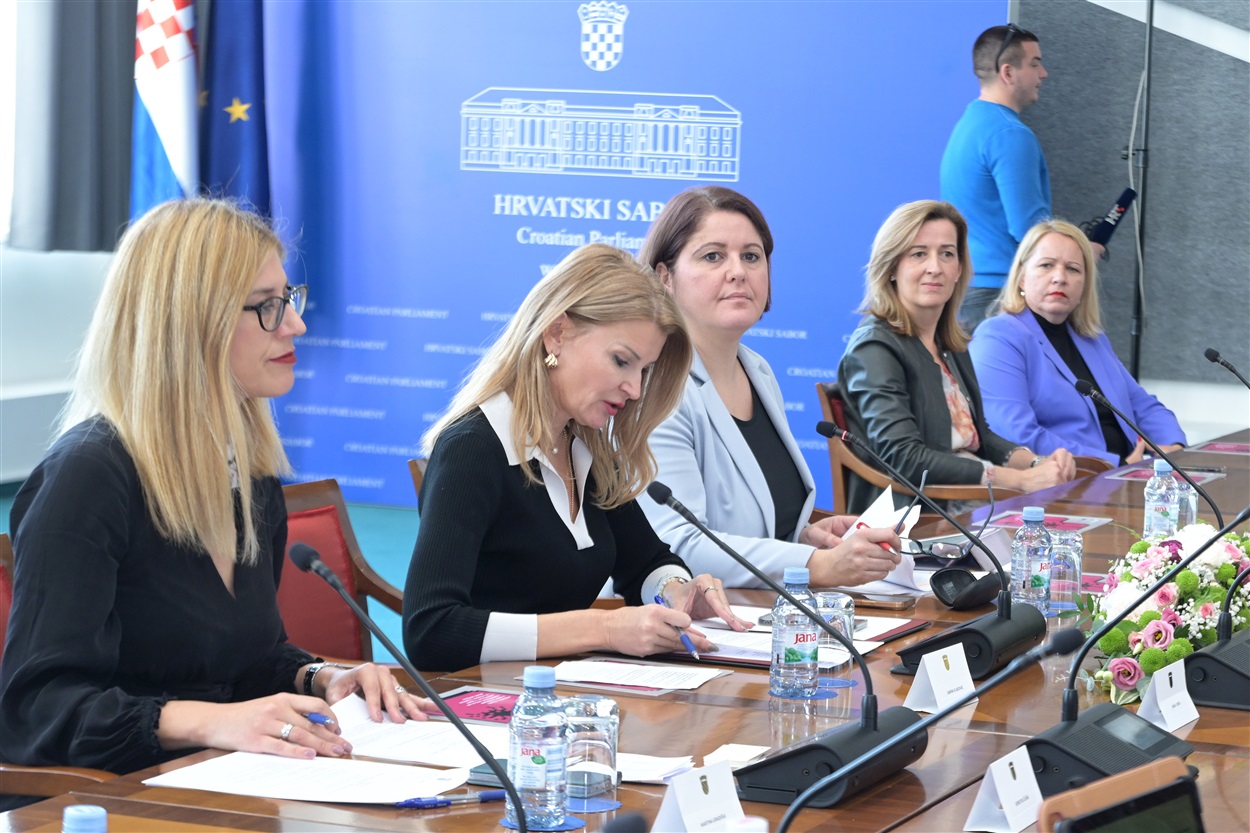
Zagreb - As many as 70% of women and girls in the European Union have experienced some form of digital violence, with young women aged 18 to 29 being the most vulnerable, it was said last Thursday at the round table "Digital Violence Against Women - Between Law and Reality", held in the Croatian Parliament.
Participants underscored that institutions still fail to respond quickly and effectively, and that Croatia's legal framework remains misaligned with the EU Directive on Combating Violence Against Women.
SDP MP Sabina Glasovac noted that girls experience online harassment from around the age of 14, while young women are most exposed to threats, harassment and the sharing of intimate photos without consent.
"Digital violence is no less brutal than that behind closed doors. On the contrary, content remains online for years and further victimises survivors," said Glasovac, thanking the Women's Network Croatia for initiating the discussion with representatives of institutions, civil society and students.
She stressed that women's safety had to be guaranteed equally in both physical and virtual spaces.
Women's Network Croatia coordinator Sanja Juras warned that, despite some progress, legislation still fails to meet victims' needs and remains unaligned with the EU Directive adopted in May 2024 - the first European directive directly addressing digital violence against women. It criminalises acts such as non-consensual sharing of intimate images, cyberstalking and online harassment.
Member states have until June 2027 to harmonise their laws, and the directive also foresees tougher penalties for violence against public figures, journalists, politicians and human rights activists.
Following this, the Women's Network prepared a detailed legal analysis and legislative amendment proposals, along with a review of institutional responses to digital violence.
Dorotea Šušak from the Centre for Women's Studies stressed that digital violence forms part of the ongoing violence women face in real life and must not be viewed as gender-neutral.
"It is often trivialised because it is seen as a technical issue rather than a form of gender-based violence. Many women face threats and attacks on social media," she said.
Kristijan Kevešević, Deputy Ombudsperson for Gender Equality, presented the EU project Be Safe, worth €2.2 million and implemented in Croatia, Spain and Portugal, aimed at creating a safer online environment for women and girls.
He noted that Croatia's legal framework had improved in recent years but that prevention and judicial practice still needed strengthening.
Sandra Batlak of the Ministry of Labour, Pension System, Family and Social Policy pointed out that digital violence evolved alongside technological development, with women and girls at greatest risk.
The Ministry focuses on education - around a thousand professionals have been trained so far, with another thousand from the police, social services, justice, health and education sectors to follow next year.
Batlak also announced a new media campaign to raise public awareness of digital violence.
Participants agreed that stronger cross-sector cooperation, modernised legislation and continuous education are essential to ensure the safety of women and girls both offline and online.

